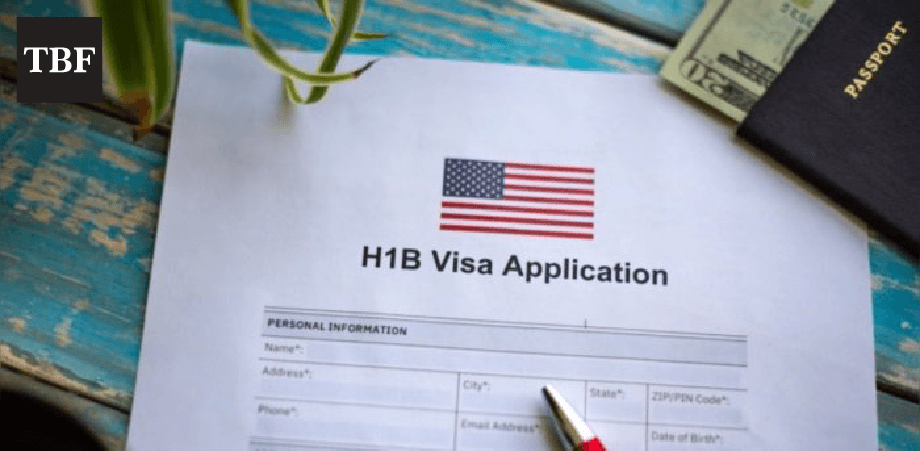The U.S. Department of Labor(DOL) announced on Thursday a $150 million H-1B One Workforce Grant Program to invest in training for local job seekers and students for middle- to high-skilled H-1B occupations within key sectors in the US economy.
The aim is to upskill the present workforce and train a new generation of workers to grow the future workforce in areas like information technology and cyber security, advanced manufacturing and transportation.
In a statement, the DOL said that the ‘grantees would deploy training to provide individuals in their communities with skills necessary to advance career pathways to employment in middle- to high-skilled H-1B occupations within key industry sectors.’
This would mean providing relevant training to young students to make them eligible to apply for occupations otherwise seen as roles for which companies bring in people from outside the country on an H-1B visa. Technology companies have often cited the lack of eligible talent locally for their dependence on the H-1B visa program and for bringing in tech workers from outside, primarily from India. This program would help train young students and local job seekers to make them eligible for these high-skill roles. Indian nationals account for over 70% of the H-1B visas granted.
“The U.S. Department of Labor is challenging communities to think as ‘One Workforce,’” said Assistant Secretary for Employment and Training John Pallasch.
“In the current job environment, it is critical that local organizations work as one instead of independent parts of a process. Our goal is to create seamless community partnerships to build career pathways for local job seekers to enter middle- to high-skilled occupations in cyber security, advanced manufacturing, and transportation sectors.”
The grants would be made available to four kinds of organisations – businesses and nonprofits like industry and trade associations, education and training providers including community colleges, entities involved in administering the public workforce system under the Workforce Innovation and Opportunity Act and economic development agencies.
Participants would have to be over 17 and not enrolled in secondary school within a local educational agency. They would include unemployed and underemployed individuals seeking full-time employment, and incumbent workers needing to update or upskill to retain employment or advance into middle- to high-skilled positions.









